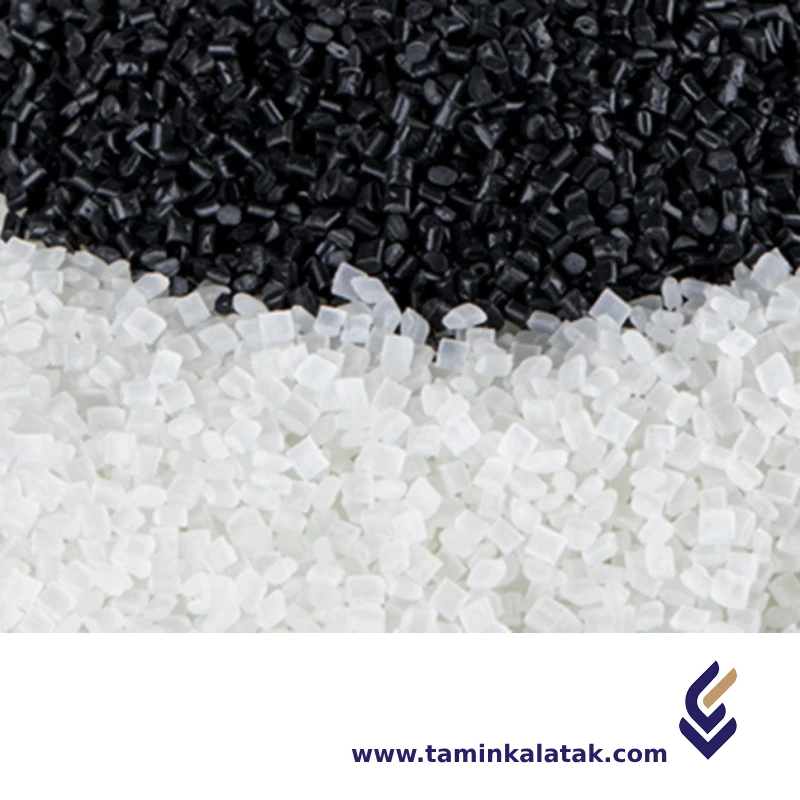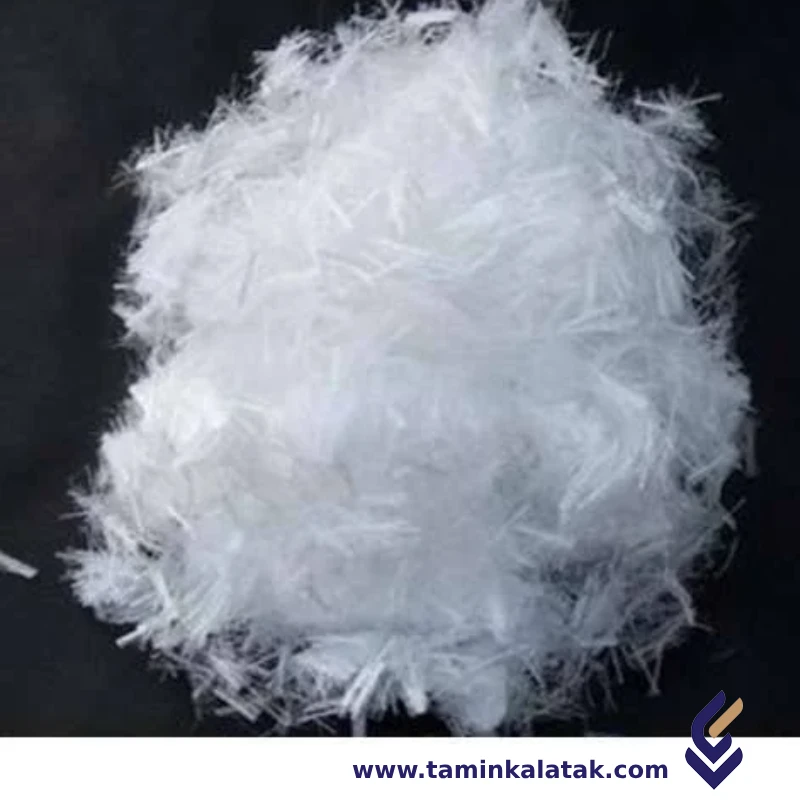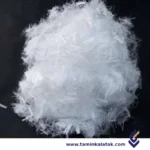Polymers are made up of very large molecules made up of many repeating units called monomers, which ultimately form this long polymer chain
A compound is a polymer blend mixed with additives, fillers, and reinforcements to achieve specific properties for end-use applications. A masterbatch is a concentrated mixture of additives or pigments in a carrier resin, used to enhance plastics without altering their base properties.
Polypropylene Fiber Compounds
Polypropylene (PP) Fiber Compounds are specialized formulations of polypropylene designed for fiber applications. These compounds are engineered to enhance mechanical, thermal, and chemical properties, making them suitable for various textile, industrial, and construction applications.
Structure Polypropylene Fiber Compounds
Polypropylene fiber compounds consist of a polymer matrix primarily composed of polypropylene, which is a semi-crystalline thermoplastic made from the polymerization of propylene monomers. The structure includes long molecular chains with repeating propylene units, giving the material high strength and flexibility. To enhance performance, various additives such as UV stabilizers, flame retardants, impact modifiers, and processing aids are incorporated into the polymer matrix. These compounds can be extruded and spun into fine fibers, which maintain a high degree of orientation and crystallinity, contributing to their mechanical strength, chemical resistance, and durability. The molecular alignment during fiber production improves tensile properties, making polypropylene fibers suitable for applications requiring lightweight yet strong materials. The non-polar nature of the polymer makes it resistant to moisture absorption, while the addition of stabilizers can further enhance its resistance to environmental factors such as UV radiation and oxidation. The final structure of polypropylene fiber compounds results in a material that is versatile, durable, and well-suited for applications in textiles, industrial fabrics, geotextiles, and reinforcement materials.
Properties Polypropylene Fiber Compounds
Polypropylene fiber compounds possess a unique combination of properties that make them highly desirable for various applications. They are lightweight, with a low density of approximately 0.90 g/cm³, which contributes to their excellent strength-to-weight ratio. These fibers exhibit high tensile strength and durability while maintaining flexibility. Their hydrophobic nature ensures resistance to moisture absorption, preventing degradation in wet conditions. Polypropylene fibers also offer excellent chemical resistance, making them impervious to most acids, bases, and organic solvents. They have good thermal stability with a melting point between 160 and 170°C, although heat resistance can be improved with specialized additives. Electrical insulation properties are another key characteristic, as polypropylene is a non-conductive material. While naturally susceptible to UV degradation, the addition of stabilizers enhances their resistance to sunlight and weathering, making them suitable for outdoor applications. Furthermore, these fibers are resistant to microbial growth, reducing the risk of mold and mildew formation. Their low friction coefficient contributes to a smooth texture, making them comfortable for textile applications. Overall, polypropylene fiber compounds offer a balance of strength, durability, chemical resistance, and lightweight performance, making them ideal for use in textiles, industrial fabrics, geotextiles, and reinforcement materials.
Applications of Polypropylene Fiber Compounds
- Textiles & Apparel: Used in nonwoven fabrics, sportswear, carpet fibers, and upholstery.
- Industrial Uses: Found in ropes, nets, packaging materials, filtration fabrics, and geotextiles.
- Construction & Infrastructure: Reinforcement fibers for concrete, roofing membranes, and insulation materials.
- Automotive: Used in seat covers, interior fabrics, and noise-dampening materials.
- Medical & Hygiene Products: Used in surgical masks, diapers, wipes, and sanitary products.
- Agriculture: Utilized in crop covers, greenhouse shading, and erosion control fabrics.
Advantages of Polypropylene Fiber Compounds
- Lightweight: Lower density than most synthetic fibers, reducing overall material weight.
- High Strength-to-Weight Ratio: Provides durability while remaining lightweight.
- Moisture Resistance: Hydrophobic nature prevents water absorption and mold growth.
- Chemical Resistance: Resistant to acids, bases, and most solvents, making it ideal for industrial and medical applications.
- Good Thermal Stability: Withstands moderate temperatures and maintains structure.
- UV and Weather Resistance: Can be enhanced with stabilizers for outdoor applications.
- Low Cost: More economical compared to other synthetic fibers like nylon and polyester.
- Eco-Friendly Options: Some grades are recyclable and can be used in sustainable applications.
Disadvantages of Polypropylene Fiber Compounds
- Low Melting Point: Less heat-resistant compared to materials like polyester or aramid fibers.
- UV Degradation: Without stabilizers, prolonged exposure to sunlight can cause brittleness.
- Limited Dyeability: Requires special dyeing techniques due to its non-polar nature.
- Low Elasticity: Lacks stretch and resilience compared to some other synthetic fibers.
- Flammability: Requires flame retardant additives for fire-resistant applications.
Applications
| Applications | , , , |
|---|
Polypropylene Fiber Compounds
| Products | MFI (g/10 min) | Density (g/Cm³) | Process Method | Applications | Data Sheet | MSDS |
|---|---|---|---|---|---|---|
| Polypropylene Fiber Compounds | 10-40 | 0.90-0.91 | Extrusion Melt Spinning Injection Molding Compression Molding Blow Molding | Used in carpets, upholstery, geotextiles, and disposable hygiene products Reinforcement fibers for concrete, insulation materials, and roofing membranes Ropes, nets, filtration fabrics, and packaging materials Interior fabrics, seat covers, and noise-reduction materials Surgical masks, gowns, diapers, and sanitary products |










